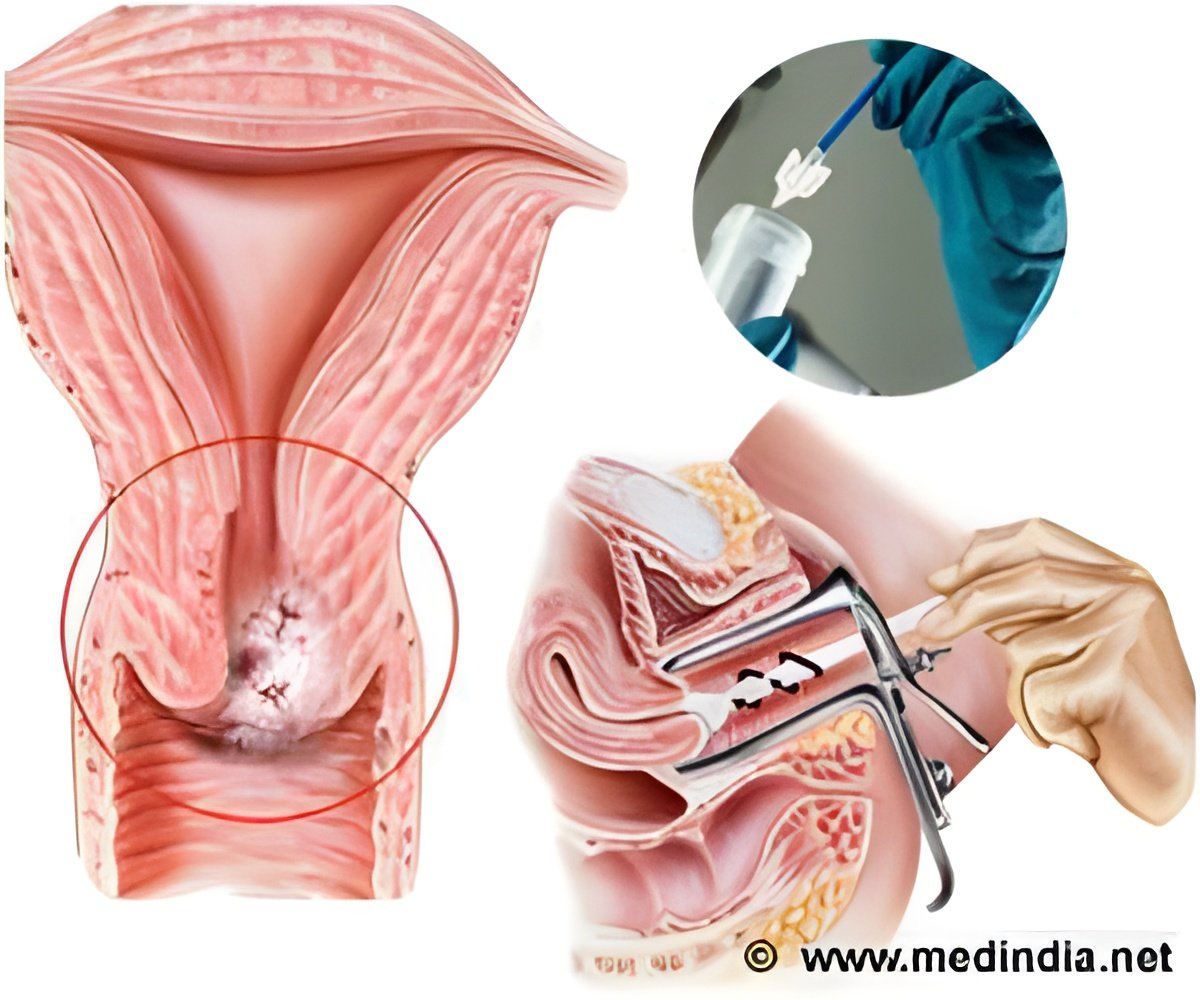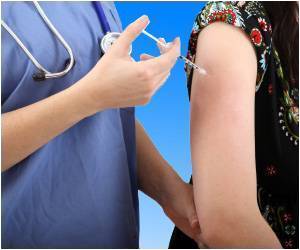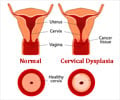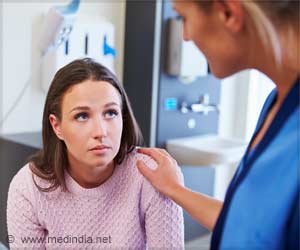
Socioeconomic status, race, marital status, and geographic location have all been identified as factors related to late stage at diagnosis among cervical cancer patients. Previous studies also documented age as a significant predictor of advanced stage, although the effects of age and also of insurance status, which are two of the strongest predictors of cervical cancer screening, had not been studied together prior to the current study.
For the current study, which appears early online in the American Journal of Public Health, researchers led by Stacey Fedewa, MPH reviewed the association between late stage (stage III/IV) cervical cancer and both insurance and age, with adjustment for race/ethnicity and other sociodemographic and clinical factors on 69,739 women diagnosed with invasive cervical cancer between 2000 and 2007 from the National Cancer Database.
More than half (55.5%) of privately insured cervical cancer patients in the observed population were at stage I at diagnosis, compared to 40.2% of Medicaid recipients, and 36.4% of uninsured patients. Meanwhile, 24.03% of privately insured women, 34.51% of those with Medicaid, and 35.22% of those without insurance were diagnosed with advanced disease, described as stages III and IV. Advanced stage also increased with age; the adjusted relative risk among women ≥35 years of age was 1.25 to 2.5 that of women 21-34 years.
"Late stage at diagnosis is likely attributable to underscreening," write the authors. They conclude: "Advanced-stage disease leads not only to poorer quality of life and greater morbidity, but often to higher treatment costs as well. Screening should be made accessible and affordable for all women for whom it is recommended, especially for those at higher risk of advanced-stage disease, such as middle-aged women, Medicaid recipients, and uninsured women."
Source-Eurekalert














